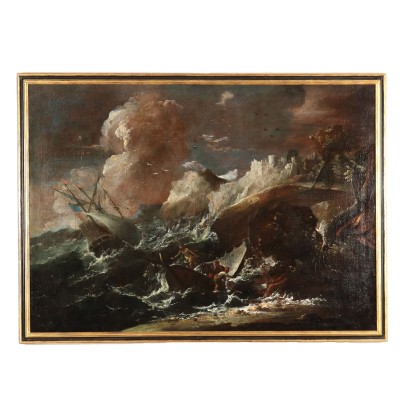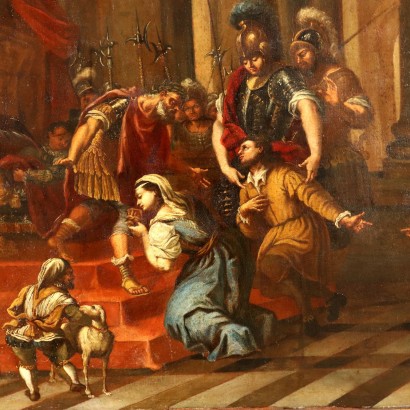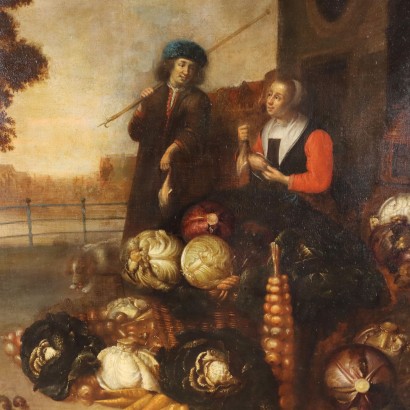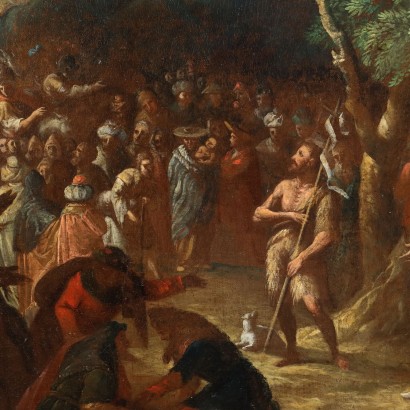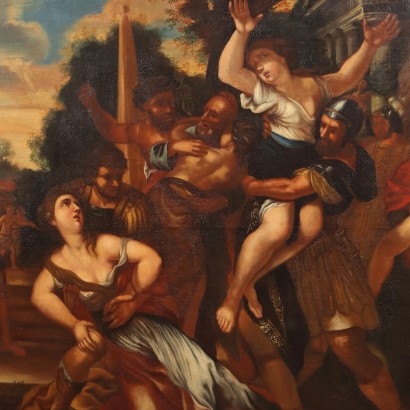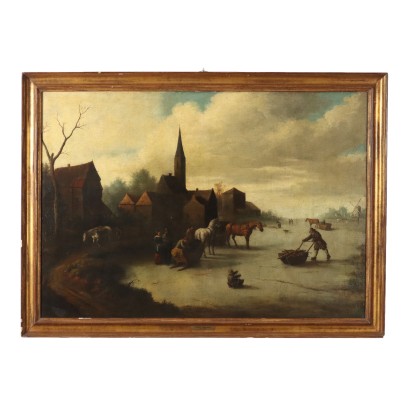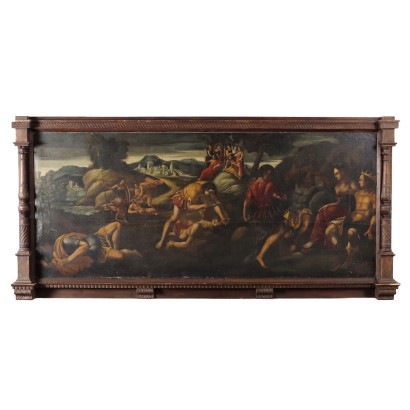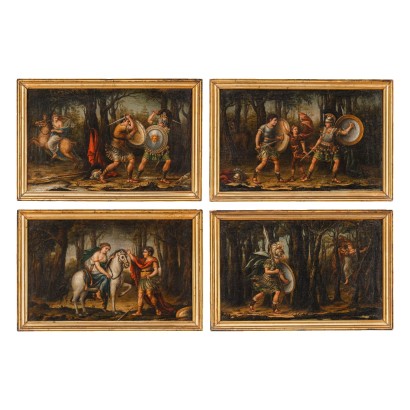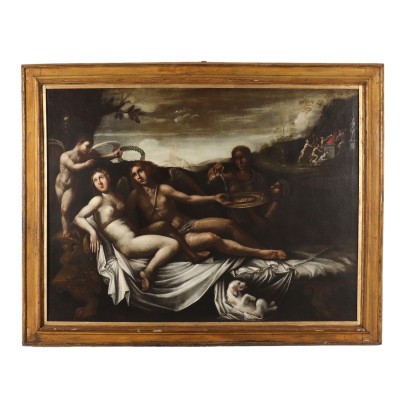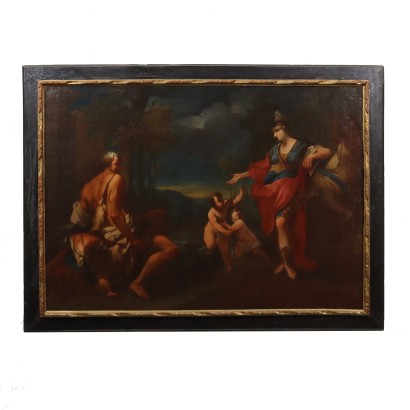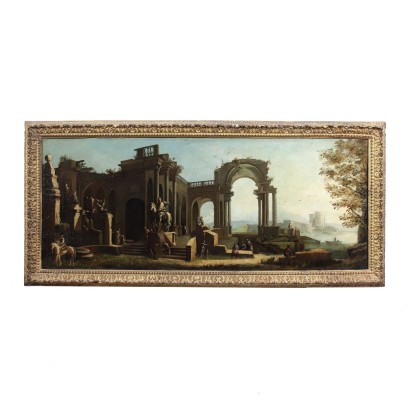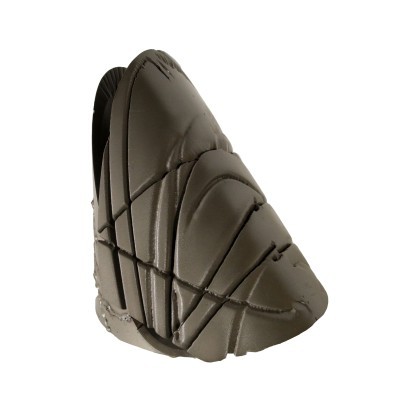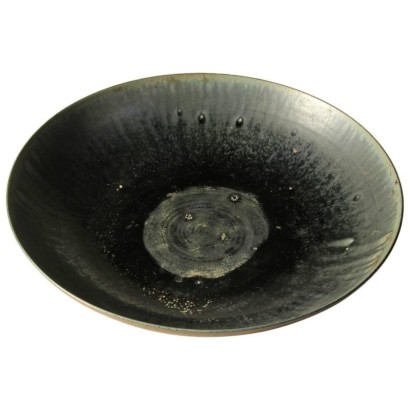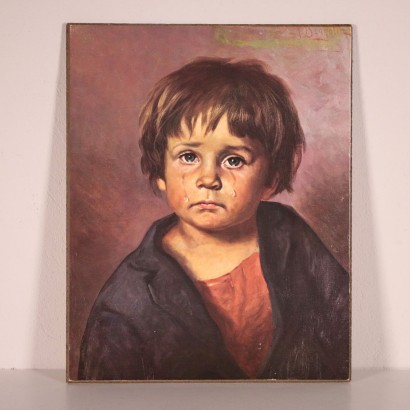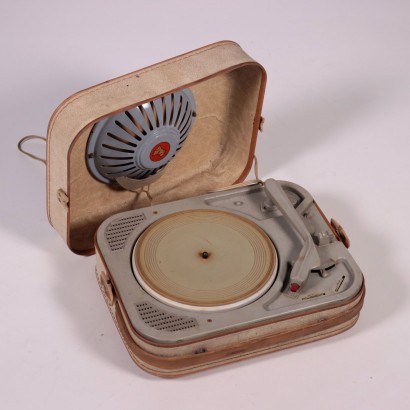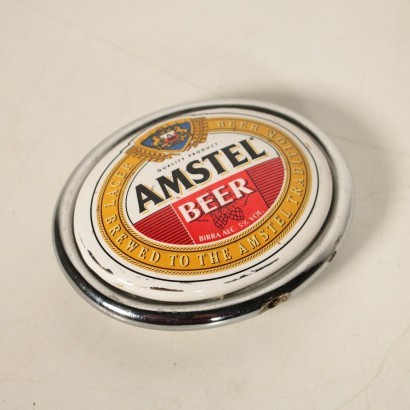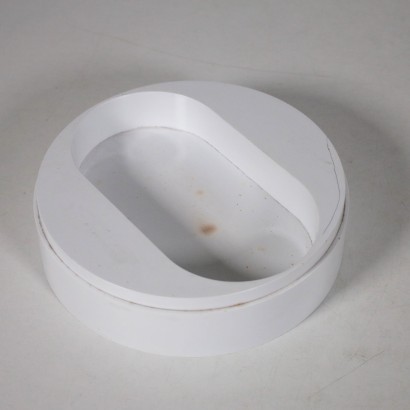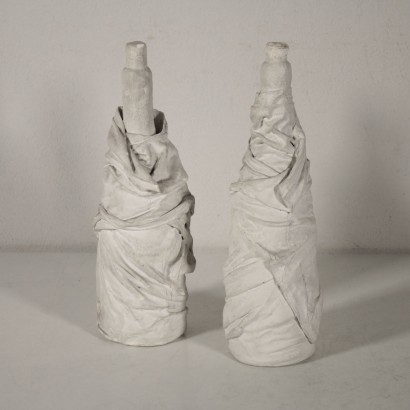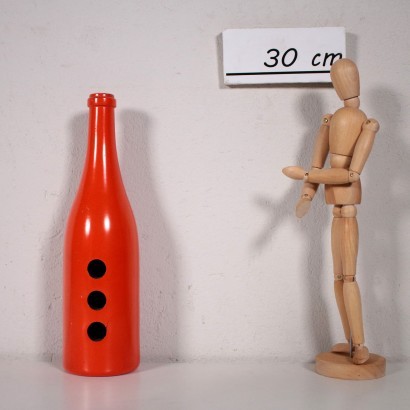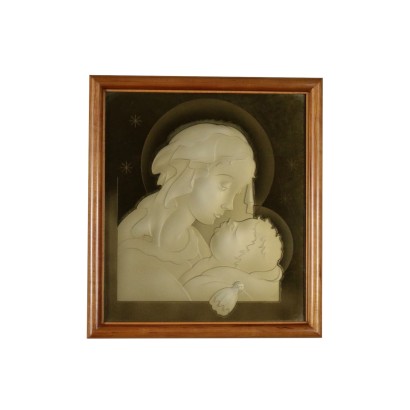The Wavy Sea Oil on Canvas Italy XVII-XVIII Century - The Wavy Sea
Features
The Wavy Sea
Artist: Marco Ricci (1676-1730) Attributed to
Artwork title: Mare in burrasca
Age: 18th Century / 1701 - 1800 , 17th Century / 1601 - 1700
Subject: Marine Landscape
Origin: Italy
Artistic technique: Painting
Technical specification: Oil on Canvas
Description : Mare in burrasca
Oil on canvas. As signed by the label on the back, the painting was presented athe "Venetian Baroque Painting Exhibition" of 1943, with the title "in porto al tramonto" and the attribution to Marco Ricci. This attribution can be motivated by the executive ability, which through rapid and loose brushstrokes. It manages to fully render the natural reality of the stormy sea with sensivity. In this regard, see the similar images published by Rodolfo Pallucchini in the studies "Studi ricceschi: contributo a Marco published in the magazine Arte veneta (vol. IX, 1955). Ricci's landscape and marine productions (which, however, were not his most extensive production) are characterized by powerful and emotional lights, by dry and twisted trees, rocks and towers, cumulus clouds that suddenly break open in vague flashes of blue, foaming waves, a complex repertoire that transfigures nature into a dramatic and restless representation, in which man is also inserted as an integral element. Also in this painting we find these highly dramatic but at the same time scenographic elements, with some human figures, three men on a small boat in the foreground, who are barely distinguishable from the sea and the rocks that surround them, as well as the ship on the left sinking engulfed by the sea. Restored and relined, the painting is presented in a period frame.
Product Condition:
Product in good condition, shows small signs of wear. We try to present the real state as fully as possible with photos. If some details are not clear from the photos, what is reported in the description will prevail.
Frame Size (cm):
Height: 103
Width: 140
Depth: 5
Artwork dimensions (cm):
Height: 96
Width: 133
Additional Information
Artist: Marco Ricci (1676-1730)
Marco Ricci, born on 5 June 1676 in Belluno, was a painter, landscape painter and engraver, son of Girolamo and nephew of Sebastiano. He was brought up by his uncle in Venice; his violent nature forced him to move to Split due to a fight, to then accompany his uncle to London and work with him. Various landscapes depicting the Dalmatian coast and the Piave date back to this period, in the style of Titian and mixed with fantastic schemes taken from romantic views of his immediate predecessors. Later, the knowledge of Alessandro Magnasco gave birth to a collection of marine storm scenes, with very dark tones. The similarity between the paintings of the Venetian and those of the Genoese is so great that it sometimes proves very difficult to attribute them to one of the two authors. Upon returning to Venice from London, Marco Ricci resumed his collaboration with his uncle, with whom he created the landscape masterpiece of the Miracle of Moses, a work in which the artist silhouettes figures of heroes against the light background given by the ruins. In his last period, the artist was the author of several temperas on parchment, which are now in Windsor Castle. Although he was predominantly a landscape painter, many caricatured portraits of dramatic actors remain of him. Ricci died by suicide on January 21, 1729.Age:
18th Century / 1701 - 1800
18th Century / 1701 - 180017th Century / 1601 - 1700
17th Century / 1601 - 1700Subject: Marine Landscape
Artistic technique: Painting
La pittura è l'arte che consiste nell'applicare dei pigmenti a un supporto come la carta, la tela, la seta, la ceramica, il legno, il vetro o un muro. Essendo i pigmenti essenzialmente solidi, è necessario utilizzare un legante, che li porti a uno stadio liquido, più fluido o più denso, e un collante, che permetta l'adesione duratura al supporto. Chi dipinge è detto pittore o pittrice. Il risultato è un'immagine che, a seconda delle intenzioni dell'autore, esprime la sua percezione del mondo o una libera associazione di forme o un qualsiasi altro significato, a seconda della sua creatività, del suo gusto estetico e di quello della società di cui fa parte.Technical specification: Oil on Canvas
The oil painting is a painting technique using powder pigments mixed with bases in inert and oils.Other customers have searched:
Pittura antica, artisti italiani, pittura olio su tela, arte 800, pittura antica, arte novecento, oggetti d'arte, ritratto di signora, dipinto animali, quadro paesaggio montano, dipinto olio su tela, dipinto antico, dipinti natura morta, quadro antico, quadro del '600, pittori italiani quadri olio su tela paesaggi, paesaggio marino dipinto, paesaggio invernale dipinto, paesaggio autunnale dipinto, dipinto di paesaggio, arte antica, quadro religioso..
Se sei un appassionato d'arte, non perderti i nostri approfondimenti sul Blog Arte Di Mano in Mano e su FineArt by Di Mano in Mano - Arte:
Leggi di più
Ecco alcuni tra i principali articoli:
Vedute
Falsi nell'arte antica
Un messaggio di fiducia per ripartire
La potenza espressiva dell'arte figurativa etiope
Breve Storia del Collezionismo
Giorgio Upiglio, maestro dei libri d'artista
Matthias Withoos detto "Calzetta bianca"
San Rocco pensaci tu - Classic Monday
Dai un'occhiata alle nostre rubriche di divulgazione sull'arte:
Epoche
Lavorazioni e tecniche
Mostre ed Eventi
Protagonisti
Se sei appassionato di pittura antica, con tutta probabilità gusterai le schede di questi stupendi quadri:
"Dio parla a Noè dopo il diluvio", Jacopo da Ponte, detto il Bassano, seconda metà XVI secolo
Crocifissione, maestro della misericordia dell'accademia, terzo quarto del XIV secolo
Erminia incontra i pastori, Camillo Gavassetti, Seconda metà anni Venti del XVII Secolo
Eroine dell'antichità, Francesco Conti, XVIII secolo
Hieronymus III Francken, La Negazione di Pietro, XVII secolo
Jefte e la figlia, Girolamo Forabosco e aiuti, XVII secolo
L'Accademia di Platone, piccolo arazzo, fine XVII - inizio XVIII secolo
Maddalena e San Giovanni Battista
Natura Morta, Bartolomeo Arbotori, XVIII secolo
Sacra Famiglia con San Giovannino, Bartolomeo Ramenghi, scuola di, prima metà XVI secolo
Testa Femminile, Andrea del Sarto, ambito di, post 1522
Uva, fichi, melagrana e pesche su un capitello - Maximilian Pfeiler, primo quarto XVIII secolo
Sapevi che l'arte può essere anche un ottimo investimento (e non solo per grandi portafogli)?
L'Arte tra Collezionismo e Investimento
FineArt: Arte come investimento
Leggi di più
Ecco alcuni tra i principali articoli:Vedute
Falsi nell'arte antica
Un messaggio di fiducia per ripartire
La potenza espressiva dell'arte figurativa etiope
Breve Storia del Collezionismo
Giorgio Upiglio, maestro dei libri d'artista
Matthias Withoos detto "Calzetta bianca"
San Rocco pensaci tu - Classic Monday
Dai un'occhiata alle nostre rubriche di divulgazione sull'arte:
Epoche
Lavorazioni e tecniche
Mostre ed Eventi
Protagonisti
Se sei appassionato di pittura antica, con tutta probabilità gusterai le schede di questi stupendi quadri:
"Dio parla a Noè dopo il diluvio", Jacopo da Ponte, detto il Bassano, seconda metà XVI secolo
Crocifissione, maestro della misericordia dell'accademia, terzo quarto del XIV secolo
Erminia incontra i pastori, Camillo Gavassetti, Seconda metà anni Venti del XVII Secolo
Eroine dell'antichità, Francesco Conti, XVIII secolo
Hieronymus III Francken, La Negazione di Pietro, XVII secolo
Jefte e la figlia, Girolamo Forabosco e aiuti, XVII secolo
L'Accademia di Platone, piccolo arazzo, fine XVII - inizio XVIII secolo
Maddalena e San Giovanni Battista
Natura Morta, Bartolomeo Arbotori, XVIII secolo
Sacra Famiglia con San Giovannino, Bartolomeo Ramenghi, scuola di, prima metà XVI secolo
Testa Femminile, Andrea del Sarto, ambito di, post 1522
Uva, fichi, melagrana e pesche su un capitello - Maximilian Pfeiler, primo quarto XVIII secolo
Sapevi che l'arte può essere anche un ottimo investimento (e non solo per grandi portafogli)?
L'Arte tra Collezionismo e Investimento
FineArt: Arte come investimento



